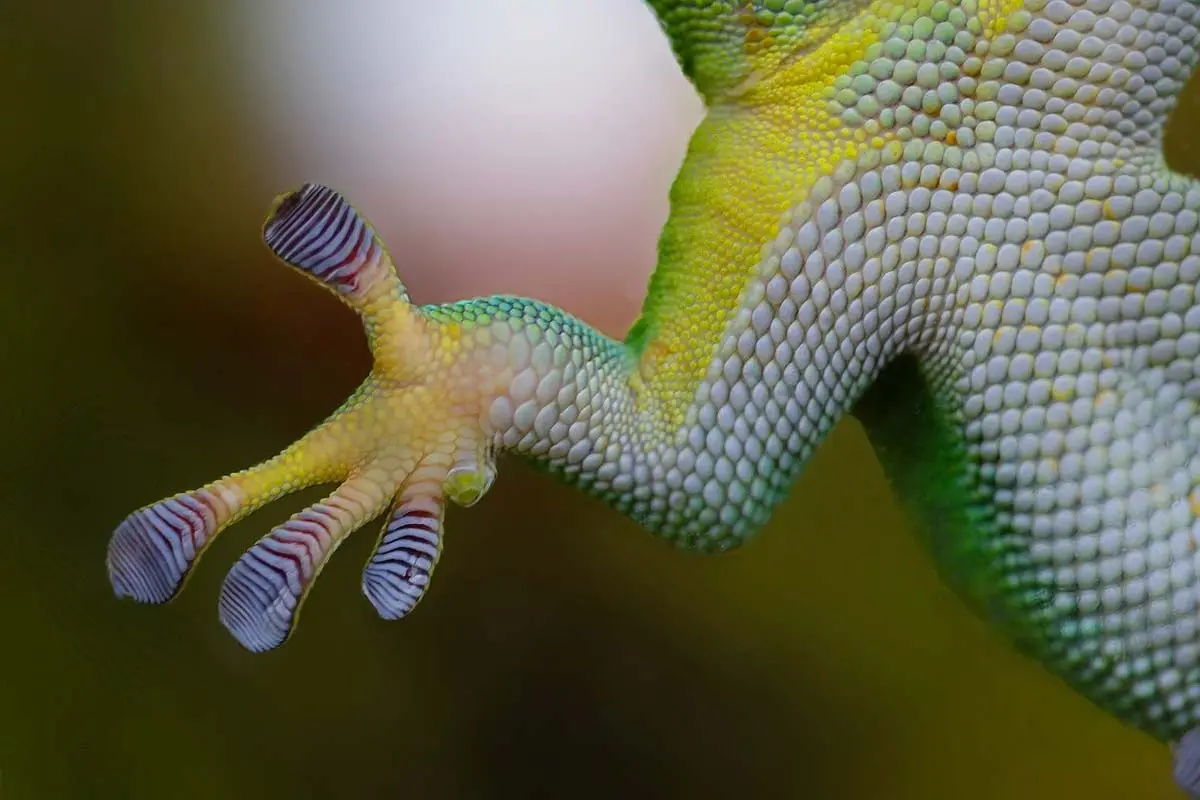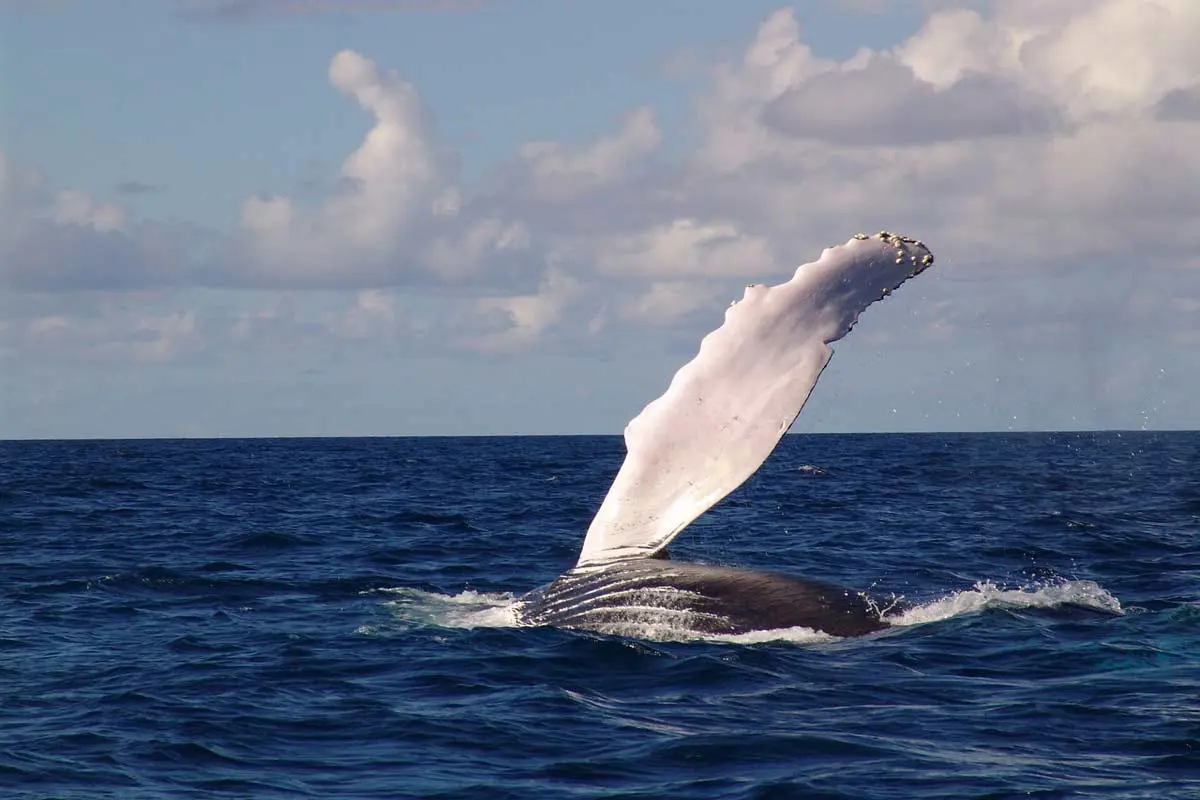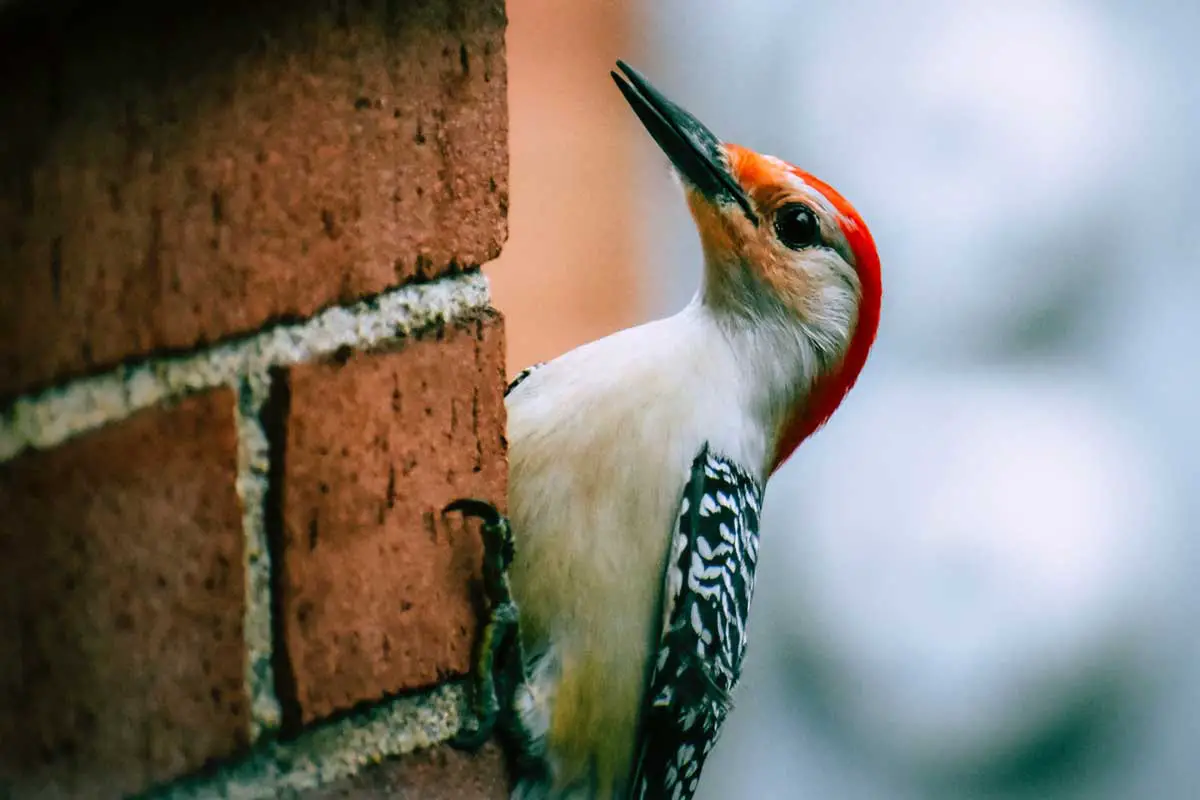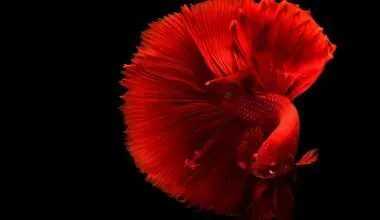Table of Contents Show
Table of Contents
- What is Biomimicry?
- Biomimetic Materials
- Biomimetic Architecture
- Examples of Biomimcry in Materials and Architecture
- 1. Improved building resiliency; mimicking the human skeleton
- 2. Photo-luminescent Webs
- 3. Gecko Climbing feet
- 4. Kingfisher-Inspired Bullet Trains [Featured Image]
- 5. Baobab tree inspired Treehouses
- 6. Wind turbines modeled like Humpback of Whales
- 7. Armadillo Backpacks
- 8. Antimicrobial film imitating sharkskin
- 9. Water-Harvesting like Stenocara Beetle
- 10. Shock-absorbing Biomimicry of the Woodpecker
- 11. Camouflage of Cephalopods
- 12. Termites-inspired Ventilation System
What is Biomimicry?
Biomimicry involves learning from and mimicking nature to solve architectural design problems and challenges.
The aim is to understand in detail what solutions nature has to offer to resolve the problems we face in engineering design and science of materials. It aims to offer an empathic, interconnected understanding of how life works.
Biomimicry learns and mimics from the practices and strategies that are used by species to create, design, and process products and policies that solve our greatest design challenges and consequently bring sustainability to our planet.
Biomimicry first appeared in the scientific literature in 1962. Since then, its usage has grown particularly amongst material scientists. There has been an enormous spike in the interest of architects and engineers regarding biomimicry over the last ten years.
Biomimetic Materials
Biomimetic materials are materials that are designed in such a way as to replicate the functions and attributes of a material that is produced by living organisms. Biomimetic materials share similar characteristics with biomaterials.
The criteria and success of a biomimetic material depend on the fact that they restore natural function and structure without causing any harm.
Examples of Biomimetic materials have been listed below.
Biomimetic Architecture
Biomimetic architecture can be considered as a contemporary philosophy of architecture that seeks to find sustainable solutions, by not replicating the natural forms, but rather by understanding the rules of governing those forms.
It is a very multi-disciplinary approach towards a sustainable design that follows a set of principles.
Biomimetic architecture goes way beyond the use of nature as a source of inspiration for the aesthetic components of built form. It tends to seek nature as a means to resolve architectural problems concerning building various types of structures.
Examples of biomimicry in architecture have been discussed ahead.
Examples of Biomimcry in Materials and Architecture
1. Improved building resiliency; mimicking the human skeleton
Earthquakes throughout the world have shown how inefficient our current buildings and their structure are to withstand their tremendous impact.
Building professionals have now been warned that the use of current methods, materials, and techniques are insecure and new structures must be adapted to withstand future seismic events.
Research has proposed making a concrete structure that is driven by a natural flow of force generated by earthquakes within a material.
Such king of desired “force driven force” bears great resemblance to organic bones and may allow the structure to withstand tremendous force of earthquakes.
2. Photo-luminescent Webs
Photo-luminescence refers to light absorption and consequent emission at molecular levels in nature.
Jenny Sabin, an architecture professor at Cornell, has produced a photo luminescent web with cellular structures which emulates the cellular networking behavior of natural cells that are bound together to become tissues.
Her eSkin project, along with collaboration from material scientist Shu Yang, has incorporated structural color to change a material’s opacity and color in response levels of intensity of sunlight.
3. Gecko Climbing feet

Geckos have tiny little hair coverings in their toes, which help them to climb up the vertical surface without falling.
Biomimicry has managed to replicate the biomechanics inside the gecko feet and used to make a pair of climbing pads capable of supporting the weight of a human.
Each pad is covered with adhesive tiles that are made of polymer structures and are sawtooth-shaped. They are about a width of a human hair and create adhesion forces when they are pulled upon.
4. Kingfisher-Inspired Bullet Trains [Featured Image]
Japanese Engineers took up the daunting tasks of upgrading the high-speed bullet trains. However, they reached a stumbling block concerning the irritating noise created by these trains when they displaced the surrounding air. The trains entering a tunnel would often create a loud shock wave also known as the “tunnel boom”.
To reduce the tunnel boom and also prevent structural damage in tunnels, they needed to increase the overall aerodynamics by making the nose of the train more streamlined.
The engineers went on to make a train that was modeled like the beak of a Kingfisher bird.
The Kingfisher birds have special beaks. These beaks allow them to dive into the water and hunt down their prey without making a splash.
After adapting this anatomical trait of the Kingfisher, the next generation of trains proved to be 10 percent faster.
Due to streamlined shape, they were also 15% more efficient in terms of electricity use. Most importantly, the new trains didn’t have a “tunnel boom” anymore!
Currently, this design has made the Japanese Shinkansen Bullet Train the fastest train in the world, with speeds of up to 200 miles per hour.
5. Baobab tree inspired Treehouses
Imagine living inside a treehouse that looks like a part of the natural forest. This is what Baobab inspired tree houses are all about!
The beautiful embryo tree houses have been designed by Antony Gibbons. Although they are artificial, they actually use the trunk of a tree for support and wrap around it like natural growth.
The shape is inspired by the Baobab tree, which has a massive swollen trunk. It is an honor to the appearance of the tree along with having a minimal impact on the forest environment.
The tree house attaches to the trunk with a set of braces that prevent tree damage and allow for continued tree growth.
6. Wind turbines modeled like Humpback of Whales
It was always thought that minimal drag, sleek edges and clean lines were a necessity to obtain optimum lift off. These basic principles were essential for modern aerodynamics. Even insect debris deposited on the leading edge of wind turbine panes could reduce performance.
Surprisingly, the nature works differently.
The humpback whale uses bumpy, tubercle fins for propulsion. The leading edges of the fins are not smooth. Studies show that these nodules placed evenly throughout the fin are what enable whales to choose a much steeper angle of attack. Because of these smaller angles, the resistance can only occur at different points (nodules) along the fin.

The US Naval Academy went on to conduct tests using model flippers. They demonstrated that biomimetic fins reduced the overall drag by nearly a third while improving lift.
A company known as Whale Power has already utilized this latest tubercle tech. Their blades now make the same amount of electricity at 10 mph that a normal turbine generates at 17 mph of wind.
7. Armadillo Backpacks
The armadillo has a hide, which is highly rigid and flexible. The hide protects the animal, while enabling it to be agile.
Backpacks have been made as people got inspired by this bio-mimicry. They joined recycled rubber inner tubes around a central axis to make backpacks more adaptable and durable.
Although I haven’t used such a bag, here are some solar backpacks I can personally vouch for.
8. Antimicrobial film imitating sharkskin
The skin of a shark is covered with “dermal denticles”. They can be considered as a flexible layer of small teeth. While in motion, these dermal denticles create low-pressure zones. This pulls the shark forward and reduces the drag during motion. There are plenty of applications to these designs.
This model of sharkskin has been incorporated into swimsuit design. Such swimsuits were first used in the 2008 Olympics. The Olympics was won by swimmers who wore this sharkskin swimwear. It made such a big difference that this technology got banned from the Olympics since then.
The dermal denticles also prevent growth of microorganisms on the sharkskin. Hence, the U.S Navy has made a material, termed as “Sharklet’, which is similar to shark’s skin pattern. It prevents growth of marine life on ship hulls.
9. Water-Harvesting like Stenocara Beetle
Water is an important natural resource which is essential for continued life on our planet. Water scarcity is increasingly affecting many parts of the world.
Inspiration is available from the Stenocara Beetle. It thrives in the harshest conditions on the planet and may even begin a new generation of clean-water harvesting.
Stenocara Beetle lives in extremely arid regions in the African Namib desert but can pull out water from thin air. The beetle has a pattern of nodes around the back enabling it to collect moisture. The droplets can then slide off into the mouth of the beetle.
Studies and research are being carried on as we speak. Newer patents suggest architects moving to develop biomimetic patterns that are capable of harvesting water from thin air just like the Stenocara Beetle does.
10. Shock-absorbing Biomimicry of the Woodpecker

Woodpeckers are excellent excavators. They can use their beaks to hunt down insects and create nooks for themselves.
As the woodpeckers strike the wood, the head of the bird experiences a deceleration of 1200 gravitational pull 22 times every second. A severe car crash would deliver a deceleration of 120Gs which is nearly fatal and can permanently damage the human brain.
But how can a woodpecker absorb almost 10 times more impact force than a car crash?
The answer to this is that they have natural shock absorbers. They have a four-structured design which helps them to absorb shock.
They have a semi-elastic beak, an area of spongy bone behind their skull and cerebrospinal fluid; all working in unison to extend the time over which the concussion occurs. This ultimately inhibits vibration.
Based on this exquisite design, teams are working to create a wide array of applications to mimic this exceptional anatomy. These include shock-resistant black boxes and micrometeorite resistant spacecraft.
11. Camouflage of Cephalopods
All cephalopods like squids have the capability of glowing and also changing the color of their skin. This allows them to hide from predators, whereas the bioluminescence allows them to communicate with each other and attract others during mating.
A similar device has been developed by the University of Houston which is capable of detecting the surrounding environment and matching it within seconds.
This is still an early prototype. It uses flexible, pixelated grid utilizing actuators which trigger light sensors and reflectors as they detect a change in surrounding light and send it back to the diode.
This generates heat in the area which triggers a change in color. This use can be adapted by the military and commercial applications in future.
12. Termites-inspired Ventilation System
Termites are often considered harmful due to their destructive properties. However, they are known for creating the most elaborate ventilation system for cooling on the planet.
P.S: Termites are also known as an example of keystone species.
Utilizing an intricate network of air pockets, the mounds create a natural ventilation system using convection.
An engineering firm built Eastgate center. An entire shopping mall in Harare, Zimbabwe based on this system. The convection system also uses 35% less energy than traditional air-conditioned facilities.






